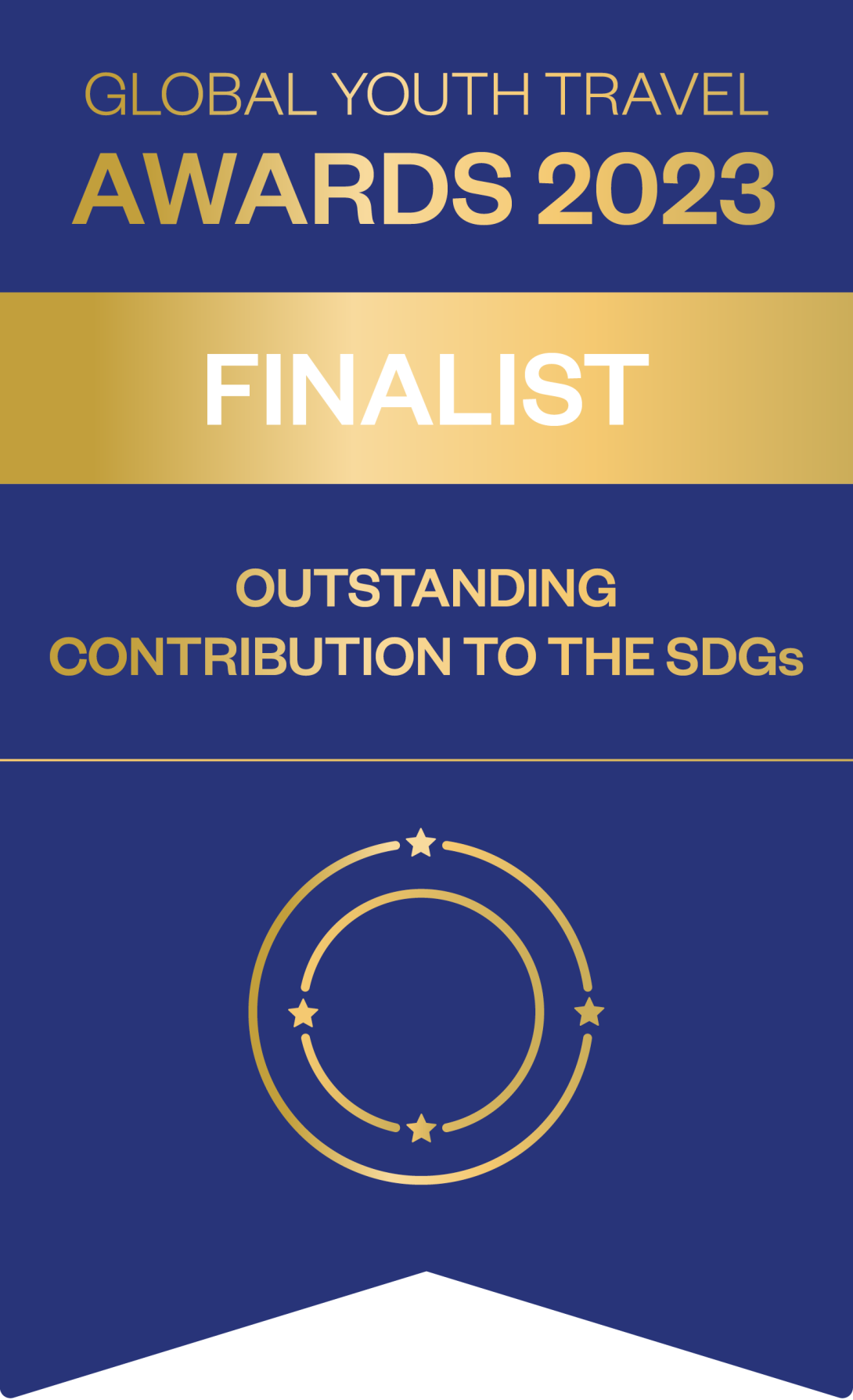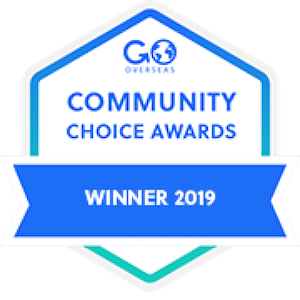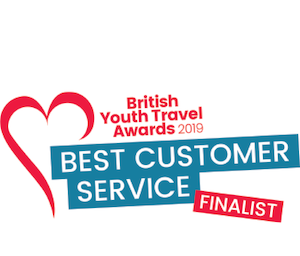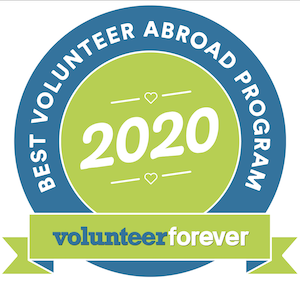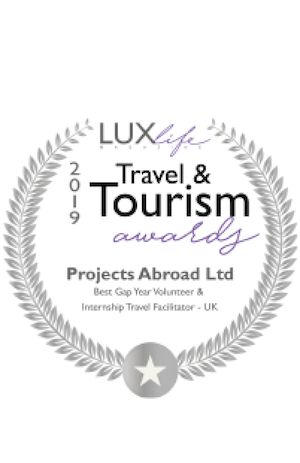If you’re planning on travelling to South Africa, the first thing we have to say to you is “Molo!” (“hello” in Xhosa, one of the eleven official languages spoken here). Travelling to a country for the first time can be a leap into the unknown, and we know from years of experience that the best way to prepare is research. The second best way is to get first impressions from a local - like us!
Most African countries tend to have a reputation of being mostly desert, jungle, and wilderness. While South Africa’s filled with wild, open spaces, and quiet rural villages and towns you can drive through in less than five minutes, it’s also filled with modern cities. This is especially true in Cape Town, one of the best places to travel to in South Africa, and the beating heart of our volunteer projects.
It’s also affordable for visitors from North America, UK, and Europe, so you don’t need to worry that travelling to South Africa would be expensive. Food - especially eating out in restaurants - is exceptionally good value for money, and most activities are affordable, and some are free. For example, you can buy a movie ticket for less than 4GBP, and a hamburger with fries and a drink will set you back less than 6GBP.
If you’re travelling for the first time, we hope our experiences can give you some idea of what to expect. You’ll also get a better idea of what to bring along when you visit South Africa.
1. Say hello… in eleven different languages
We greeted you with “Molo” earlier, but when you travel South Africa, you’ll also hear:
- “Sawubona” (isiZulu, siSwati)
- “Dumela!” (Sepedi, Setswana, Sesotho)
- “Avuxeni!” (Xitsongi)
- “Ndaa!” (Tshivenda)
- “Lotjhani! / Salibonani!” (isiNdebele)
- “Haai! / Hallo!” (Afrikaans)
The reason for so many different greetings? South Africa is immensely proud of its cultural diversity and traditional heritage, and has eleven official languages! If it sounds complicated, don’t worry. Most people speak English as a first, second, or even third language, so you won’t have to worry about struggling with a language barrier.
In Cape Town, where our volunteer projects are based, Afrikaans, isiXhosa, and English are the most widely spoken languages. While you’ll be able to get by with just English, I’d recommend learning a few phrases in another language. It’s a great feeling to watch someone’s face light up when you communicate in their native tongue!
Another common greeting in Cape Town is “Howzit” (a contraction of “how is it”) or “Aweh” (a greeting pronounced AAAH-WHERE, without rolling your r’s. You can also use it to mean “yes”). One thing all the South African cultures have in common is they’re friendly and open to conversation. Usually just talking to someone on the street who doesn’t look too busy will be a pretty interesting conversation.
2. Cape Town has four seasons… often all in one day

If you packed a combination of winter and summer clothes for your trip, you’ll probably wear a combination of the two in the span of one day. Cape Town’s weather can have you preparing for a storm in the morning, only for you to wish you were at the beach in the afternoon sun.
We’d say the best time to travel to Cape Town, South Africa is any time during the year, because the climate is moderate. This is because Cape Town has a maritime climate. The ocean affects how the area experiences weather. Along with that, Table Mountain sits in the middle of the city and plays a big role in influencing Cape Town’s weather.
Once you’re in Cape Town, it’s easy to experience this if you visit Muizenberg (a beach town popular with surfers in the southern suburbs) before heading into the city. Both locations are around 30 minutes away from each other. It may be cloudy and gloomy in one place, but a few kilometers out, the sun will be shining.
So if you’re wondering what you need when you travel to South Africa, pack for summer and winter. We find the best way to prepare for Cape Town’s seasonal swings is to dress for warm weather, but keep a jacket or jersey on hand.
3. Diversity is king - especially with food!

Along with culture comes one of our personal favourite things about diversity: food.
Food’s one of the highlights of travel, because let’s face it - we all have to eat, and most of us love it! While you’re abroad, it’s the perfect time to try new things and get a direct insight into the culture by sampling traditional cuisine.
Cape Town is a foodie’s dream, from high-quality restaurants, to casual and absolutely scrumptious food stalls at markets. Everyone’s catered for, from the most voracious meat-eaters to vegetarians and vegans. You’ll easily find fresh fruit and vegetables, along with plenty of locally grown organic produce.
If you’re staying with a host family, they’ll be cooking up all kinds of dishes for you, from Cape Malay curries to smoky braais (barbeques) outdoors. You’ll definitely want to experience a braai, which is a steadfast local tradition.
You’ll definitely need to try:
- Boerewors Rolls: a grilled sausage on a bun, usually smothered with fried onions, chutney (always ask for the Mrs. Balls brand), mustard, or tomato sauce
- Bunny Chow: half a loaf of white bread, hollowed out and filled with a spicy Indian curry (you can opt for hot or not!)
- Koeksisters: a sweet doughnut dipped in syrup and rolled in dessicated coconut
4. Is it safe to travel to South Africa?
If you’re a first-time traveller to South Africa, you’re likely wondering if South Africa is safe to travel to.
While South Africa has a problem with crime, the areas we work in are safe, and our full-time local staff are always there to guide you. When you arrive in South Africa, our staff will give you an orientation that includes safety tips. The general rule of thumb is not to wander into places you’re not familiar with, especially if you’re alone, and don’t carry too many valuables on your person.
5. Economic inequality and a painful history

For decades, South Africa was in the grip of a system that normalised oppression by race. The country has been a democracy since 1994, but the effects of Apartheid still echo today, largely through the economic inequality we see around us.
You’ll see it when you first fly into Cape Town. Before you bank over the ocean during descent, you’ll see the vast informal settlement of Khayelitsha, filled with shacks made of corrugated iron. If you visit a wine farm in Constantia, just 30 minutes away from Khayelitsha by car, you’ll be surrounded by stunning estates and homes in an affluent neighbourhood.
It can be a shock to see such stark examples of inequality. There are millions of people struggling for a better life in South Africa. You can become part of Projects Abroad’s efforts to support communities in need by visiting South Africa to do volunteer projects.
6. Nature lover? You’re going to have a field day in South Africa

Diversity also rules nature in South Africa. You’ll find a smorgasbord of environments, including forests, deserts, grasslands, and the open savannah. You’ll also discover fynbos, which are flowers and plants only found in the Western Cape - nowhere else in South Africa, or even the world!
Cape Town has the perfect balance of urban life and nature, and Table Mountain is undoubtedly it’s centre, and a marvel of nature. It’s a must-visit, and you can get to the top by hiking or taking the cable car. You can easily spend hours exploring the mountain and enjoying the stunning views from both sides: the white sand beaches of trendy Camps Bay on one, and the bustling city centre, complete with our World Cup Stadium, on the other.
Table Mountain’s home to over 8,000 species of plants. In comparison, the British Isles, which is over three times bigger, has 1,500 species of plants. Here, you’ll also find South Africa’s national flower, the King Protea.
In Cape Town, we also recommend checking out:
- Boulders Beach, home to a colony of adorable African penguins
- The Cape Point Nature Reserve (watch out for the baboons - they have a tendency to steal food from tourists!)
- Kirstenbosch Botanical Gardens, a sprawling natural wonderland filled with hundreds of different plants and trees (you can simply take a stroll and enjoy a picnic or have lunch or afternoon tea at one of the restaurants, or go on a more challenging hike)
Visit South Africa with Projects Abroad
Like many countries around the world, South Africa has its challenges. However, it also has an innate strength in its people and diversity. The country welcomes visitors, and thrills in sharing their culture, from food to language.
If you’d like to get a deeper experience than what a typical tourist would get, join one of our South Africa volunteer projects. You’ll work with people from local communities, and live with a host family to get a real feel for what it’s like to live in Cape Town.
Expect to meet many new people and share stories of your adventures, listen to theirs, and make some new ones together. Exploring a new country is the perfect way to transform yourself through travel!
Ready to start your South African adventure?
Call our Project Experts today:
Nuestras acreditaciones


